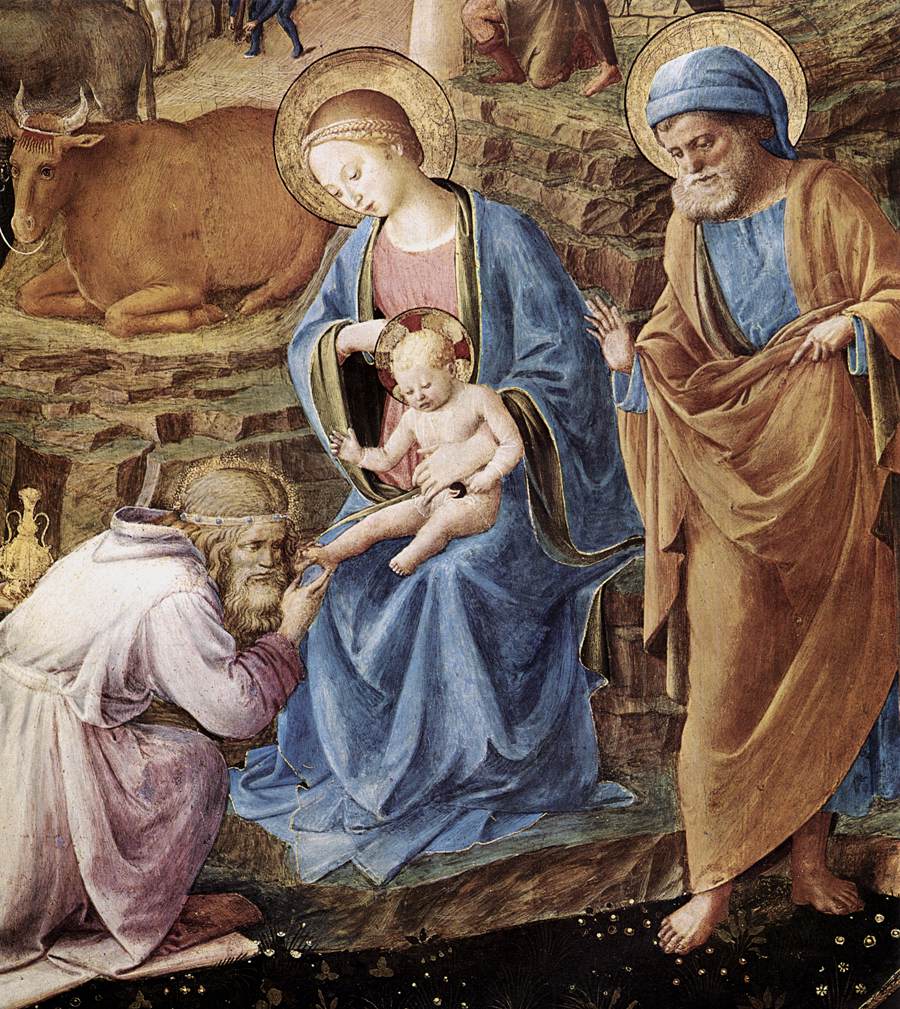 Luke has written his Gospel in a most interesting way. In the early chapters, Luke alternates the stories about John and his family with the stories about Jesus and his family. By presenting them this way, the author encourages us to compare and contrast what happens in each case.
Luke has written his Gospel in a most interesting way. In the early chapters, Luke alternates the stories about John and his family with the stories about Jesus and his family. By presenting them this way, the author encourages us to compare and contrast what happens in each case.Reading these passages in this fashion helps us primarily to see the differences between (1) Zechariah and Mary, and (2) John and Jesus.
- Zechariah represents the people of the old, First Testament era. An official in the religious system of Israel, he is righteous and blameless, but he and his wife are barren, unable to produce life. Though he lives faithfully under the Law, he cannot receive the prophetic word given to him by the angel. Zechariah therefore ends up silent until the day of Good News dawns.
- Mary, on the other hand, represents God's new order of things. She holds no official position in Israel; in fact she is one of the poor of the land, living on the fringes of society as a Galilean woman. Yet it is Mary who receives the word about Messiah, responds in simple faith, and her mouth is filled with praise.
- John, the son of Zechariah and Elizabeth, is presented as the last prophet of the old era. His birth story is reminiscent of the patriarchs and other great ones in Israel. He is presented as God's servant, as Elijah, as one filled with the Spirit who will prepare the way for the Lord's coming.
- Jesus, however is clearly portrayed as the promised Messiah—son of David, Son of God. Born in unique fashion, he is portrayed as uniquely great, the One who will rule forever as the holy Son of the Most High God.


No comments:
Post a Comment